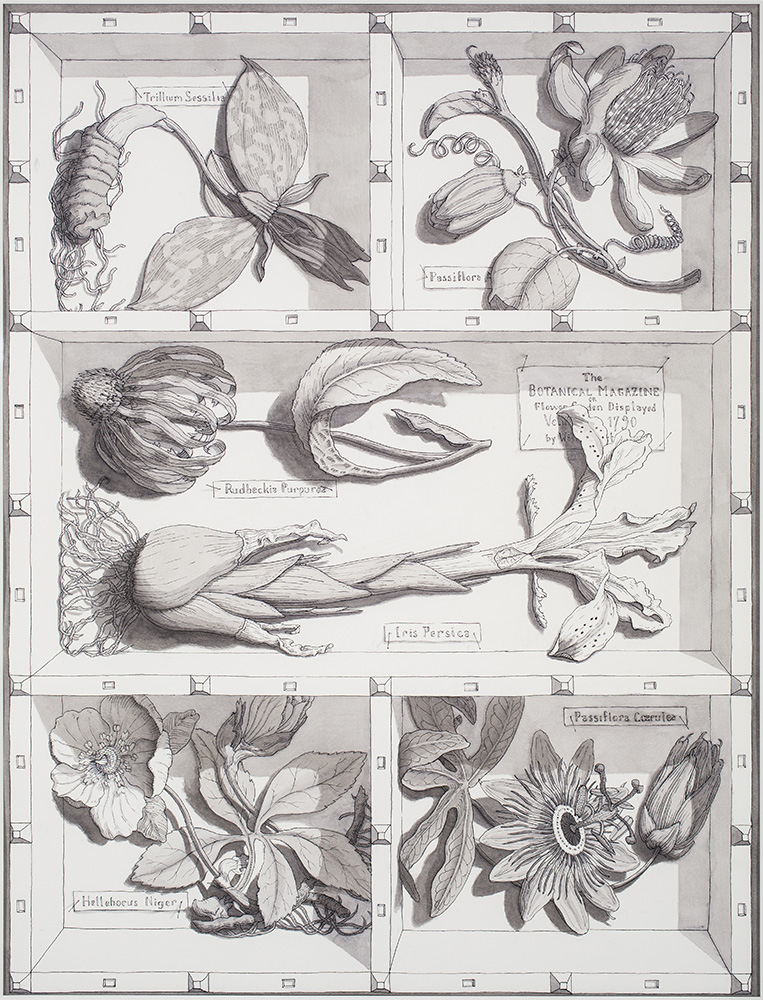The Botanical Magazine or Flower-Garden Displayed, is an illustrated publication which began in 1787. The longest running botanical magazine, it is widely referred to by the subsequent name Curtis’s Botanical Magazine. Each of the issues contains a description, in formal yet accessible language, and is renowned for featuring the work of two centuries of botanical illustrators. Many plants received their first publication on the pages, and the description given was enhanced by the keenly detailed illustrations. The first issue, published on 1 February 1787 was begun by William Curtis, as both an illustrated gardening and botanical journal. Curtis was an apothecary and botanist who held a position at Kew Gardens, who had published the highly praised (but poorly sold) Flora Londinensis a few years before. The publication familiarized its readers with ornamental and exotic plants, which it presented in octavo format. Artists who had previously given over their flower paintings to an affluent audience, now saw their work published in a format accessible by a wider one. The illustrations were initially hand-colored prints, taken from copper engravings and intended to complement the text. Identification by a general reader was given in exploded details, some of which were given as a section. This was accompanied by a page or two of text describing the plants properties, history, growth characteristics, and some common names for the species.
The first volume’s illustrations were mostly by Sydenham Edwards. A dispute with the editors saw his departure to start the rival The Botanical Register. The credit for the first plate (Iris persica) goes to James Sowerby, as did a dozen of Edwards contributions. The first thirty volumes used copper engraving to provide the plates, the hand coloring of these was performed by up to thirty people. An issue might have a circulation of 3000 copies, with 3 plates in each. (Wikipedia)


